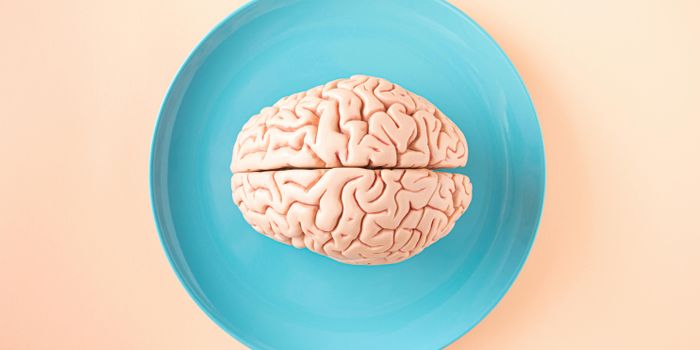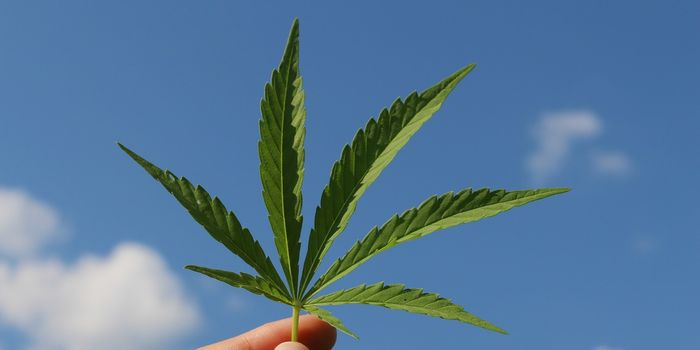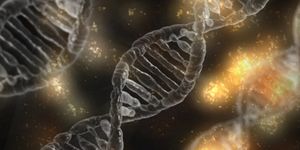Although you are probably familiar with Cannabis sativa, the plant commonly known as marijuana, you may not know that your brain has its very own cannabis system. This pathway, called the endocannabinoid (“endo” meaning inside the body) system, consists of a web of brain cells, specialized proteins (called receptors), and other types of cells that respond to the brain’s version of cannabis, called anandamide and 2-arachidonoylglycerol (2-AG).
Anandamide and 2-AG are types of neurotransmitters, chemicals that brain cells use to communicate with other brain cells. These neurotransmitters play an integral role in the body’s internal cannabis system. Anandamide and 2-AG bind to cannabinoid receptors on brain cells. There are two main types of cannabinoid receptors -- cannabinoid receptor 1 (CB1) and cannabinoid receptor 2 (CB2).
When neurotransmitters bind to receptors, they affect the function of the cell. Binding of anandamide and 2-AG to CB1 and CB2 receptors results in those cells causing behavioral changes. These changes include a sense of euphoria (also known as a “high”), sedation (a relaxed feeling), and appetite stimulation, among other effects. In fact, anandamide is also called the “bliss molecule,” as the word comes from the Sanskrit “ananda,” meaning “bliss.”
What else does the endocannabinoid system do?
In addition to making you feel “blissful,” the endocannabinoid system regulates sleep, mood, motor control, immune function, and memory. CB1 and CB2 receptors are located throughout the nervous system, not only in the brain, and therefore have a widespread affect on different body functions. The endocannabinoid system overall functions to keep your body in a state of balance, called homeostasis. Imbalance of body functions and systems can contribute to the likelihood of developing certain conditions -- therein lies the potential for medical cannabis to “restore” that balance in people with certain conditions.
What are “endogenous” and “exogenous” cannabinoids?
Your body produces different chemicals, like vitamins, from food that you eat. Similarly, endocannabinoids are created mainly from omega-3s, found in fish and other vegetable sources. Thus, “endo” cannabinoids come from the body itself.
The substances in the cannabis plant, called phytocannabinoids, bind to the CB1 and CB2 receptors when cannabis is consumed, causing similar effects as endogenous cannabinoids like anandamide. Phytocannabinoids are considered “exogenous” because they come from outside the body.
In fact, phytocannabinoids were discovered first, so the endogenous cannabis (endocannabinoid) system was named after the substances in the cannabis plant. There are two types of phytocannabinoids -- tetrahydrocannabinol (THC) and cannabidiol (CBD). While they both bind to cannabinoid receptors, they cause different behavioral effects.
What can medical cannabis be used to treat?
Although medical cannabis is legal in several states in the US, each state approves the specific conditions that cannabis can be used to treat. The most common conditions include cancer, HIV/AIDS, epilepsy, multiple sclerosis, and Parkinson’s disease. However, there is a rich pipeline of clinical trials testing the potential of medical cannabis for many other conditions, and new studies on cannabis are being published every day, taking us just a little closer to understanding the true potential of this plant and complex biological system.








